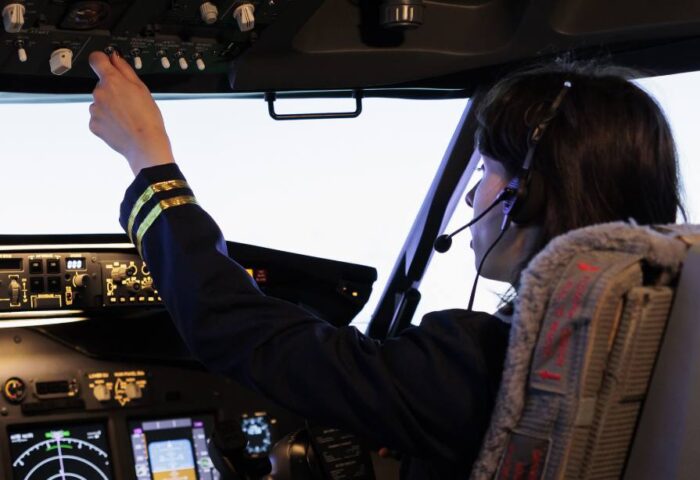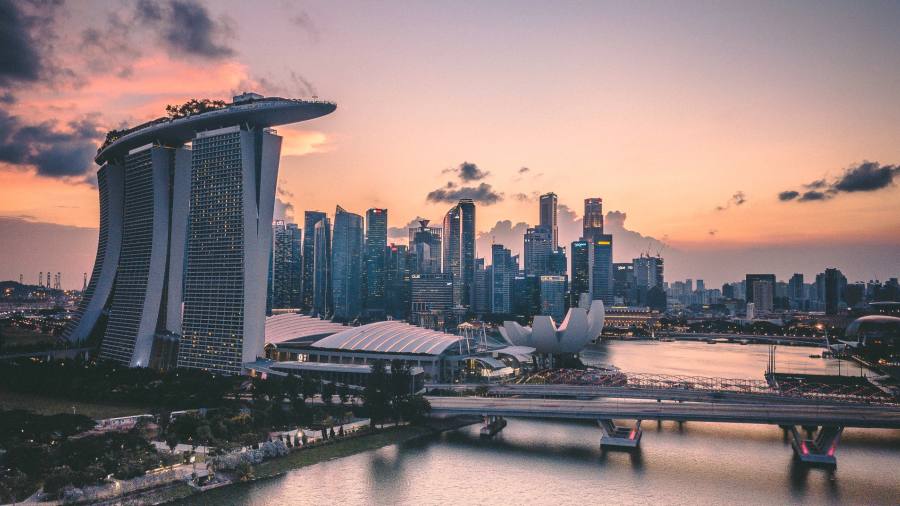Global Travel News
Women Take Centre Stage in Tourism Development

To mark International Women’s Day, the World Tourism Organization (UNWTO) and UN Women have jointly reaffirmed their commitment to keep women’s empowerment ‘Centre Stage’ of tourism development.
With the ‘Centre Stage’ model we can help the sector work for women and we will not stop until the girls of tomorrow have the same opportunities as the men of today
Tourism as a gender equality leader
UNWTO research has previously shown the enormous potential of the tourism sector to empower women of all backgrounds. Fifty-four per cent of the global tourism workforce is female, the gender-wage gap is lower in tourism, and the proportion of women in leadership roles is higher than in other sectors. However, much progress is still to be made. Women are still concentrated in lower-paid, precarious and often informal work. Furthermore, UNWTO research has revealed that the COVID-19 pandemic hit women in tourism harder than men. For instance, women were more likely to lose their job, have their hours or pay reduced and to shoulder more care responsibilities in all of the countries surveyed.
UNWTO Secretary-General, Zurab Pololikashvili, said “UNWTO has worked with our partners to study and document the huge contribution women make to tourism. Now it is time for tourism to give back. With the ‘Centre Stage’ model we can help the sector work for women and we will not stop until the girls of tomorrow have the same opportunities as the men of today.”
Public and private unity
The pioneering ‘Centre Stage’ project was launched in 2021 to address this imbalance and expand tourism’s place in the development agenda and women’s empowerment. Created by UNWTO, BMZ and UN Women, the project is geared towards creating a people-centred model for tourism development that puts the needs of women at its heart. In bringing together the public sector with tourism businesses and civil society organization, the project directly trained 1,800 people, saw 2,826 women get a promotion, surveyed 27,000 people and reached over 20 million in a global awareness raising campaign.












 Must Try Foods
Must Try Foods
 Gastronomy Cities
Gastronomy Cities
 Chef's Talk
Chef's Talk